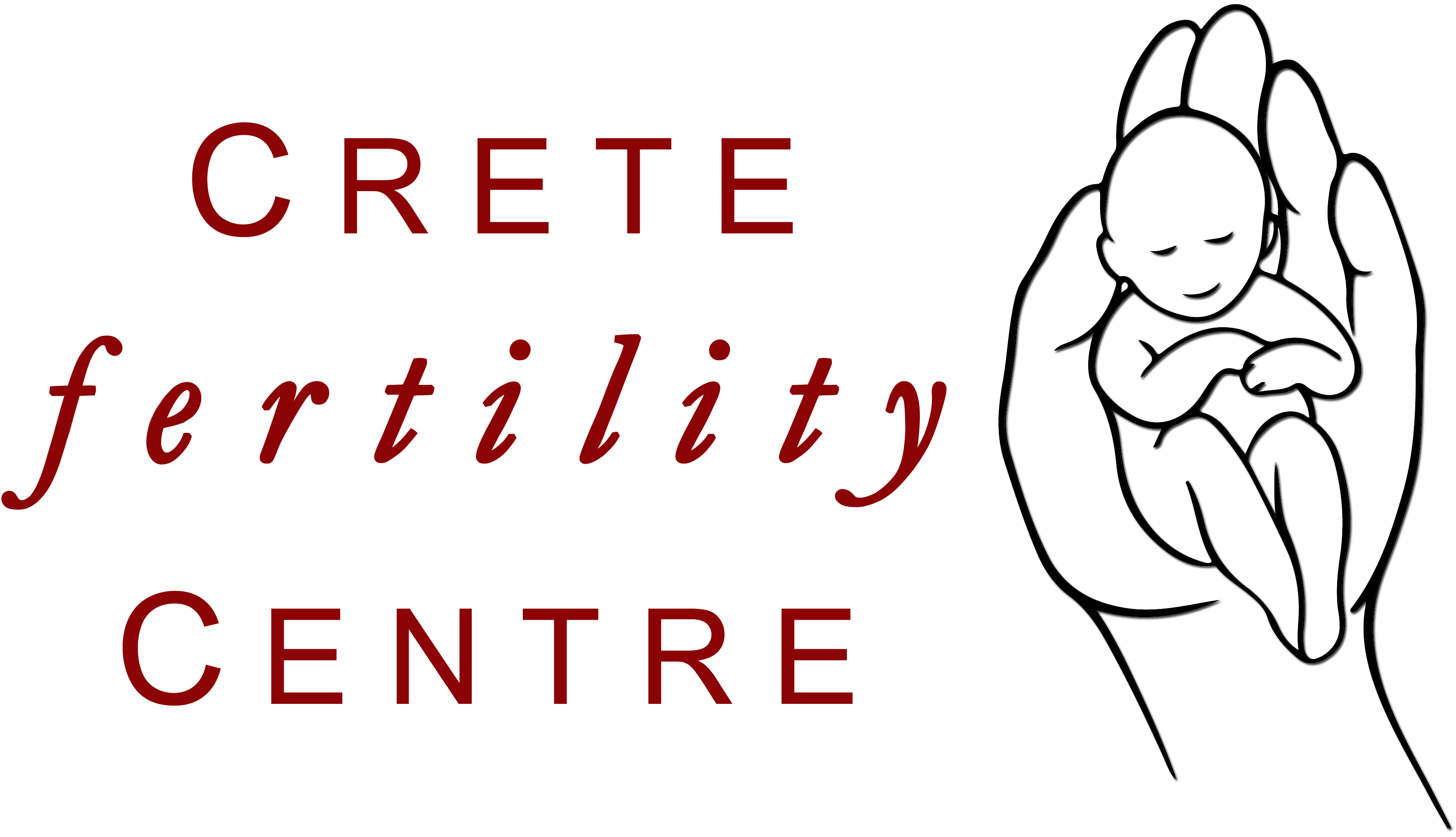The top 5 best pregnancy exercises

Brisk walking
If your pre-pregnancy exercise levels were very low, a quick stroll around the neighborhood is a great way to start. You will get a cardiovascular workout without too much impact on your knees and ankles, and you can do it almost anywhere and at any time throughout the entire 9 months.
Safety tip:
As your baby grows, your center of gravity will change, and you can lose your sense of balance and coordination. Walk on smooth surfaces; watch out for potholes, rocks and other obstacles. Remember to wear supportive footwear.
Swimming
Swimming is an ideal exercise during pregnancy as it poses little risk of injury, and no risk of falling on your abdomen and injuring your baby. Exercising in water gives you a better range of motion without putting pressure on your joints. Even in your ninth month, you can swim, walk, do aerobics or dance in the water. Water aerobics is great cardio. Have fun!
Safety tip:
While swimming, choose a stroke that feels comfortable and that does not strain or hurt your neck, shoulders, or back muscles. Breaststroke is a good option because it does not involve rotation of the torso or belly. Use the kickboard to help strengthen your leg and buttock muscles.
Be careful when entering the water; use the railing for balance and to prevent slipping. Avoid diving or jumping into the water as this could cause too much abdominal impact. Avoid extremely warm pools, steam rooms, hot tubs, and saunas so as to minimize the risk of overheating.
Stationary cycle
Cycling on a stationary bike is generally safe even if you are just starting an exercise program.
Cycling helps to get your heart rate up without putting too much stress on your joints. As your belly grows, you can raise the handlebars for greater comfort. The American Pregnancy Association states that riding a stationary bike is safe during pregnancy. The bike can help to support your weight, and although your changing center of gravity makes you more likely to fall on a regular bicycle, a stationary bike reduces that risk.
Yoga
Prenatal yoga classes keep your joints limber and help you maintain flexibility. Yoga strengthens your muscle system, stimulates blood circulation, and helps you relax, which may have benefits for managing blood pressure during pregnancy. You can also use techniques learnt in yoga class to help you stay calm and in control during the labor process.
Safety tip:
As your pregnancy progresses, skip positions that really challenge your balance. In your second trimester, steer clear of poses that require you to lie flat on your back – as your baby grows, and your uterus gets heavier, it can place too much pressure on major veins and arteries and decrease the blood flow to your heart.
Also, be careful not to overstretch. Pregnant women produce more relaxin, a hormone that increases flexibility and joint mobility, it is important to know your limits and hold back slightly when stretching.
Low-impact aerobics
What is the difference between high and low impact aerobics? Overall, aerobic exercise strengthens your heart and lungs and helps maintain muscle tone. Low-impact aerobics excludes jumping, high kicks, leaps, or fast running. You keep one foot on the ground at all times, so you limit the amount of stress on your joints and maintain balance. This type of aerobic exercise will also protect your pelvic floor. Too much jumping up and down and bouncing can weaken your pelvic floor muscles and increase your chances of urine leakage.
Consider joining an aerobics class geared for pregnant women. This way you can enjoy the company of other pregnant women while exercising under the supervision of an instructor who is trained to modify exercises for pregnant clients. If you have already joined a regular aerobics class, let your instructor know that you are pregnant so they can modify exercises or advise against certain movements and poses that would not be beneficial for you and your baby.
Stop exercising and consult your health care provider if you:
Feel pain
Have abdominal, chest, or pelvic pain
Notice an absence of fetal movement
Feel faint, dizzy, nauseous, or light-headed
Feel cold or clammy
Have vaginal bleeding
Have a sudden gush of fluid from the vagina or a trickle of fluid that leaks steadily (this can indicate a rupture of the amniotic membrane)
Notice an irregular or rapid heartbeat
Have sudden swelling in your ankles, hands and/or face, or experience calf pain or a pulling sensation in your calf
Have increased shortness of breath
Have persistent contractions that continue after rest
Have difficulty walking.
Regular exercise will keep you and your baby healthy and can make for an easier pregnancy and labor, and a timely recovery after delivery.
Source: medicalnewstoday.com




